Animal Tissue Short Notes Class 9 Tissue Chapter 6 is a keyword based short notes.
This means you will learn or memorize the exact key word as per NCERT textbook chapter 6. This will help you avoiding memorizing the grammar words.
But before you start cramming the short notes, make sure you have ✔understood the chapter thoroughly and only the memorizing part is left for the test or the examination.
IMP- this is a evolving post we will add some more items for you to master the chapter.
😊Happy Learning !
Related | MCQ Quiz on Animal Tissue Class 9
Animal Tissue
| Tissue | Job | Made of |
|---|---|---|
| Epithelial | Cover & protect surfaces | Thin sheets of cells |
| Connective | Link / support / transport | Blood, bone, cartilage |
| Muscular | Move body parts | Muscle cells (contract & relax) |
| Nervous | Carry messages | Neurons |
Key points
- Muscle cells contract → chest moves when we breathe.
- Blood (connective tissue) brings O₂ & food to every cell, takes waste to liver & kidney.
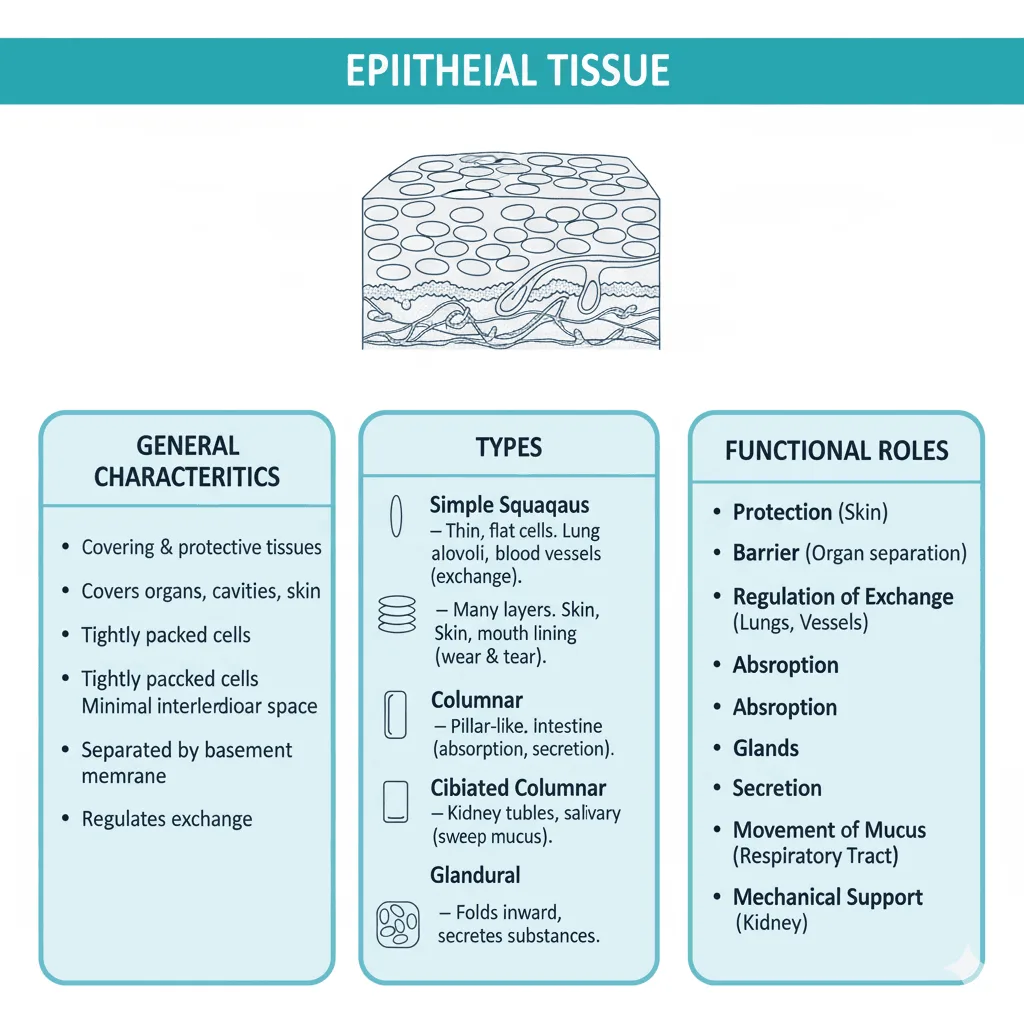
Epithelial Tissue
| Type | Shape / Feature | Where found | Job |
|---|---|---|---|
| Simple squamous | Flat, thin | Blood vessels, lung alveoli, mouth, oesophagus | Quick exchange |
| Stratified squamous | Many layers | Skin | Wear-tear protection |
| Columnar | Tall, pillar-like | Intestine (absorb), respiratory (with cilia) | Absorb / secrete + sweep mucus |
| Cuboidal | Cube-shaped | Kidney tubules, salivary ducts | Support |
| Glandular | Folded in | Glands | Secrete substances |
Quick facts
- Cells packed tight → no gaps; all entries/exits cross at least one layer.
- Basement membrane below every sheet.
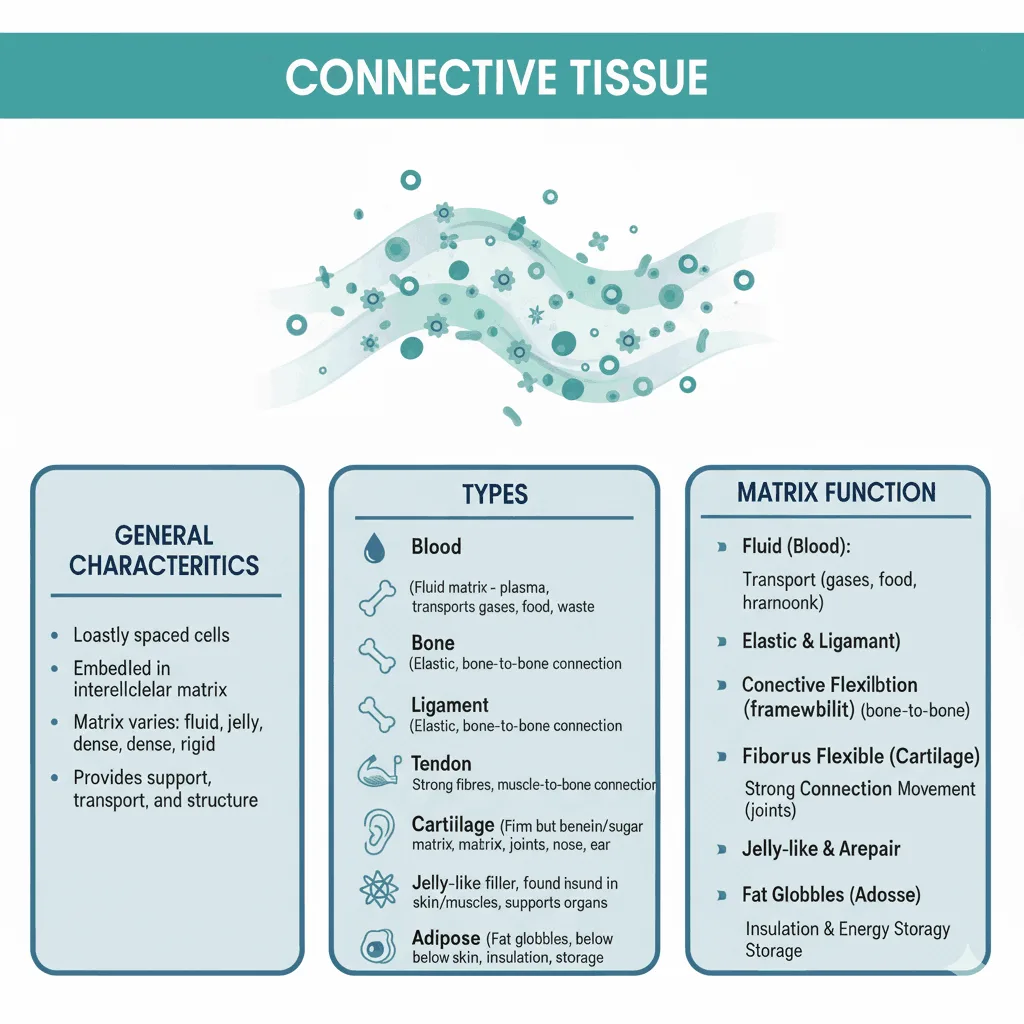
Connective Tissue
| Tissue | Matrix | Key Cells / Fibres | Main Job |
|---|---|---|---|
| Blood | Fluid (plasma) | RBC, WBC, platelets | Transport gases, food, hormones, waste |
| Bone | Hard (Ca + P salts) | Osteocytes | Support body, anchor muscles, protect organs |
| Ligament | Elastic, little matrix | Strong fibres | Bone-to-bone (flexible link) |
| Tendon | Fibrous, low stretch | Collagen bundles | Muscle-to-bone (strong pull) |
| Cartilage | Firm (protein + sugar) | Chondrocytes | Smooth joint surfaces; nose, ear, trachea, larynx |
| Areolar | Jelly-like | Fibroblasts | Fills spaces, supports organs, repairs |
| Adipose | Fat-filled cells | Adipocytes | Store fat, insulate, cushion |
Quick facts
- All connective tissues = cells + matrix (type decides function).
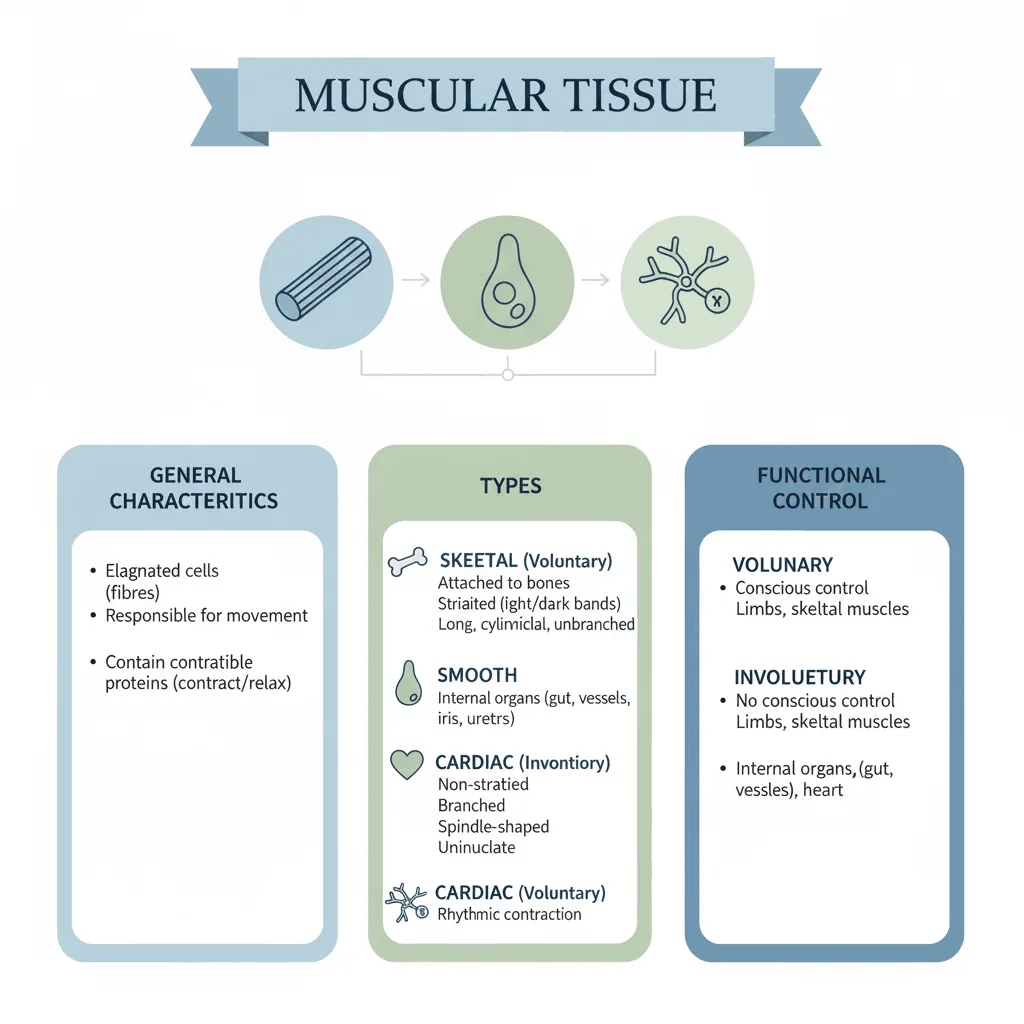
Muscular Tissue
| Type | Control | Striations | Shape & Nuclei | Where found | Job |
|---|---|---|---|---|---|
| Skeletal / Striated / Voluntary | Yes (by will) | Yes (bands) | Long, cylindrical, unbranched, many nuclei | Limbs, bones | Body movement |
| Smooth / Unstriated / Involuntary | No | None | Spindle-shaped, pointed ends, 1 nucleus | Gut, vessels, iris, ureters, bronchi | Slow, steady inner movements |
| Cardiac | No (rhythmic) | Faint | Cylindrical, branched, 1 nucleus | Heart wall | Pump blood lifelong |
Quick facts
- All muscle cells = muscle fibres.
- Contractile proteins shorten / relax → movement.
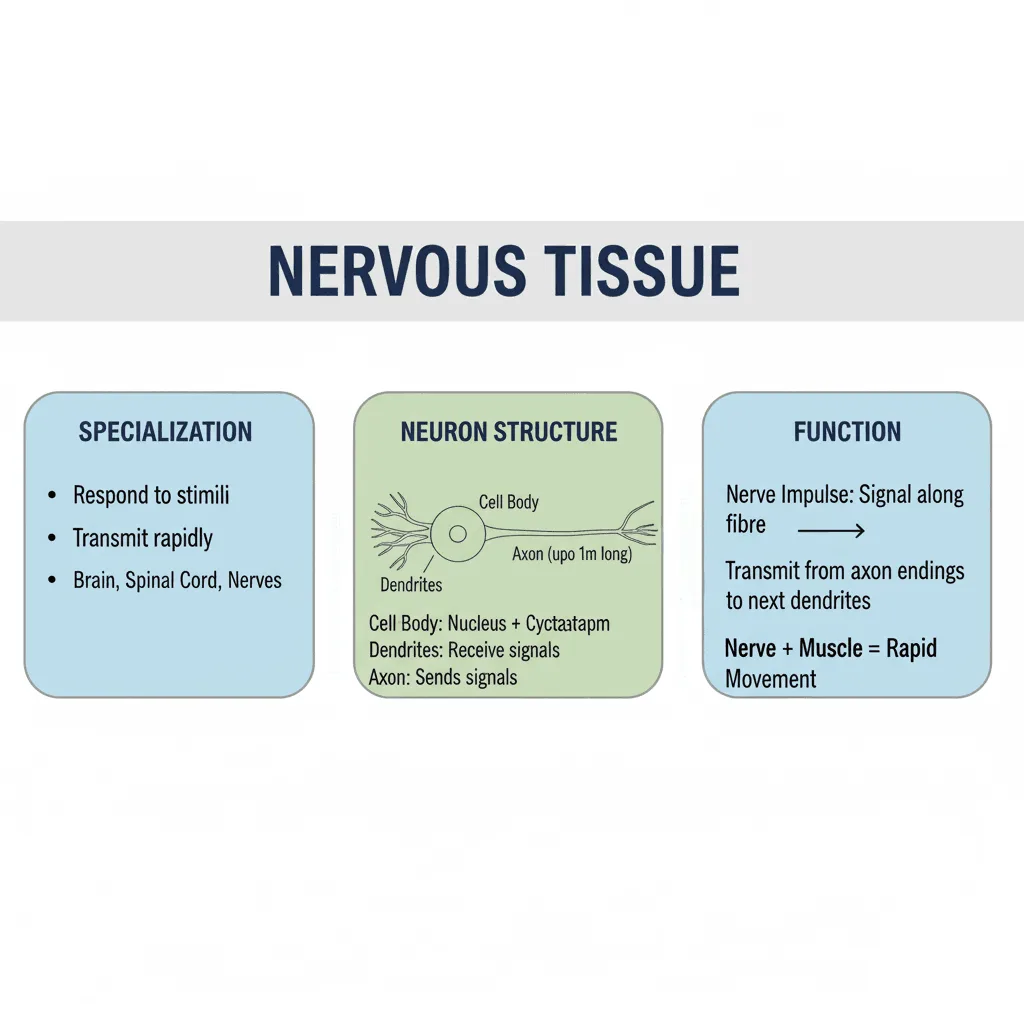
Nervous Tissue
| Part | What it is | Job |
|---|---|---|
| Neuron (nerve cell) | Cell body + nucleus + cytoplasm | Receive & send signals |
| Dendrites | Many short branches | Collect stimulus / impulse |
| Axon | One long fibre (up to 1 m) | Carry impulse away |
| Nerve | Bundle of axons + connective tissue | Fast message highway |
Quick facts
- Found in brain, spinal cord, nerves.
- Nerve impulse → muscle → rapid movement.
Related | Plant Tissue Short Notes
FAQ : Animal Tissue Short Notes Class 9 Tissue Chapter 6
Q1. The short notes are in tabular format, does it has all the important points?
Ans- Yes! I have been teaching for more than decades and I know how much you need to write great answers. Trust me it is sufficient.
Q2. How to use the above short notes?
Ans- Primarily it is for memorization of key ideas and concepts
Q3. I am finding difficulty learning it ?
Ans- just read 5 to 10 times and your are good to go.
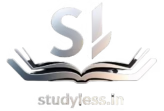
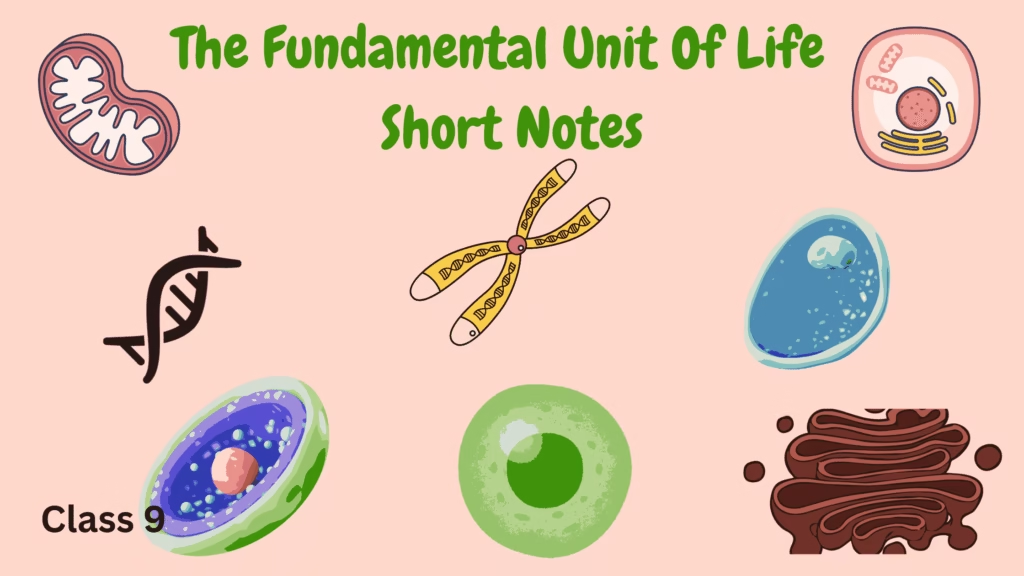


![[2025] The Rise of Nationalism in Europe Short Notes , Topic Wise, Flow Chart And Infographics| Quick Memorisation And Revision!](https://studyless.in/wp-content/uploads/2025/06/ChatGPT-Image-Jun-8-2025-01_31_20-PM_11zon-1024x683.avif)